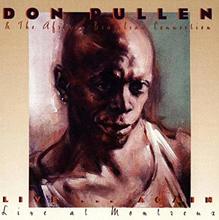
The perfect showcase for a much neglected saxophonist with a slightly rough edge, capable of playing inside and outside but always melodically and rhythmically centered, as on the five lengthy numbers here (average length 14 minutes). Includes a ballad and an infectious, impossible-to-ignore “Get up and Dance.” Great band!

Pianist Ibrahim’s album, nonetheless Ward shines on three tracks, two of which are classic—the gorgeously mellifluous “For Coltrane” that someone should put words to and the hand-clapping “Soweto,” where the altoist pulls out the stops, sweeping from the depths of his instrument to the top and back again in a perfectly constructed improvisation.
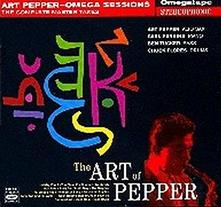
“Begin the Beguine” opens with a staccato Latin vamp, which quickly segues into a soaring, up-tempo reading of the familiar theme. Pepper’s alto flight is elevated, above the clouds, magisterial, turning the Cole Porter pop song into an anthem. The tune closes with a return to the opening vamp with Pepper over-blowing some notes for effect.

Pepper’s urging, pleading, aching alto sound over a lush orchestral cushion on “Our Song” is gut-wrenching. In a Pepper documentary, there is a hotel room scene where he and his wife Laurie are shown rapturously listening to the cut on a portable record player. At the conclusion, Pepper looks up at the camera and mutters, “If you don’t like this, you don’t like music. It doesn’t get any better than this.” I agree.

Cannonball’s swooping, high-flying birdlike (as in Charlie Parker) alto paired with brother Nat’s trumpet put soul jazz on the map with this intense but rocking album. Surprisingly for jazz, it received significant radio and jukebox play.
Pianist Bobby Timmon’s 12-minute jazz waltz “This Here” (pronounced “Dish Heah” by Cannon) set the pace, the pianists full-fingered driving solo is classic, and the leader’s uncompromisingly rowdy excursions on alto are equally memorable. Two other lengthy tracks bear mention: “Randy Weston’s “Hi-Fly” and “Spontaneous Combustion,” the latter offering a crowd-pleasing sax/trumpet chase.

A spirited outing by the Adderley soul brothers featuring two more soul standards: “Work Song,” written by Nat, and “Dat Dere” by Bobby Timmons. The latter showcases another Timmons-patented two-handed, block-chorded, gospelish solo, reminiscent of his “This Here” masterpiece on In San Francisco.
On “Work Song,” pianist Barry Harris does the keyboard honors, matching Timmons and then some. Interestingly, lyrics were set to both tunes that have contributed to their continued popularity. Oscar Brown Jr. had a minor hit with “Dat Dere.” The surprise on this album is the straight-ahead and swinging “Jeannine,” a wonderfully surging flowing number buoyed by Kansas City style “bop bop boop boop” riffing behind the soloists. On this album, like the former, Cannon pursues his aggressive, take-no-prisoners approach without sacrificing accessibility.

After a splashy breakout (In Concert, 1977) LP and several smash Columbia albums, Arthur’s career seemingly nosedived (especially with critics) when Columbia canceled his contract in the early 1980s. Yet his sound remains one of the most recognizable in jazz and one that appeals to both mainstream and avant-garde tastes, as can be heard on the 2000 offering Spirits in the Field.
Blythe’s themes are melodious and memorable, his twining inside and outside solos always songful. As Francis Davis recounts in the liner notes, “No matter how complex his improvisations may be harmonically, they are based on the simplest of devices—rhythmic figures, riffs, fragments of melody—and there is an inevitably to them.”
His sound at times approximates a hip R&B player (as on “One Mint Julep” and “Break Tune #2”), a tender balladeer (“Ah George, We Hardly Knew You,” “Spirits in the Field”), an Eastern muezzin (“Odessa”), or the leader of a ceremonial New Orleans band (“Lenox Avenue Breakdown”). The interaction between Blythe’s alto and Bob Stewart’s tuba is unparalleled—nothing comparable to it in all of jazz.

A standout live performance by altoist John Handy and his unusual group: violin (Mike White), guitar (Jerry Hahn), bass (Don Thompson) and drums (Terry Clark). It’s hard to say why this music is still so fresh and mesmerizing. It was novel, for sure—violin and alto, and guitar—but, hey, this was the mid-’60s—novelty had been in vogue since the late ’50s.
Sounded wonderfully alien to me, peculiar jazz harmonies, some said, yet grounded in familiar jazz rhythms. Hard driving with group cohesiveness at its core, this was a memorable one-of-a-kind performance.

Whether it’s the “complete” or “best of” Dial Years doesn’t matter—in either case, this is where it all began for alto players of the past 70 years. The Big Bang, if you will.
It’s all here, the bop anthems (“Yardbird Suite,” “Ornithology,” “Bird of Paradise,” “Scrapple from the Apple,” and “Chasin’ the Bird”), the up-tempo rompers (“Bebop,” “Crazeology,” and “Donna Lee”), and the ballads (“Lover Man,” “Embraceable You,” “My Old Flame,” “Out of Nowhere,” and “Don’t Blame Me”). The latter to me are the most revealing of Parker’s talent, his innate melodic and harmonic sense, and his improvisatory grace.
Back in the day when Charlie Parker and Bebop first hit the scene and well-loved ballads were played, people asked, “Where’s the melody?” The answer then as now is, “In Parker’s head.” The familiar song’s melody and harmonic structure served as the “basis” for his newly created improvisations, for better or worse. You decide. Sit back, relax, and listen to the ease at which Charlie Parker spins his golden threads.
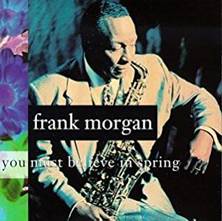
Morgan found his most expressive alto voice late in life: a refined, reflective, thoughtful voice, a mite thin at times, though always emotional. No better way to acquaint yourself with this tuneful improviser than on “Spring,” where he pairs with world-class pianists (Kenny Baron, Tommy Flanagan, Roland Hanna, Barry Harris, and Hank Jones). His duo with Hanna on the pianist’s tune “Enigma” is simply gorgeous.
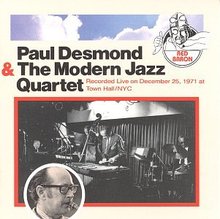
Desmond paired up with the venerable MJQ for a Christmas Eve concert. While the album overall is uneven, Desmond’s solo on the traditional “Greensleeves” is simply glorious, reminding me, at least, as to why the classic Brubeck Quartet was so successful.
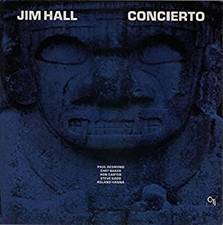
Desmond appears in this all-star lineup to pay homage to one of the most beautiful melodies in all of music: the adagio from “Concierto de Aranjuez” by Joaquin Rodrigo.
The sextet renders the melody with respect before sequential solos by trumpeter Chet Baker, pianist Roland Hanna, and guitarist Hall.
Unexpectedly, Desmond enters with a piercing restatement of the theme. By piercing, I mean a take-your-breath away, cold-wind-off-Lake-Michigan piercing. Desmond’s alto voice—often depicted as the sound of a dry martini—is a chilled margarita in this instance.

As Nelson Riddle was to Frank Sinatra, as Lester Young was to Billy Holiday, Billy Strayhorn was to Johnny Hodges. Stray’s compositions brought out that special, sensuous Hodges sound. Singer Lillian Terry recently put it this way: “Heavens, when he blows those long, languid notes . . . it’s an actual caress.”
As here, on Ellington’s tribute to Strayhorn “Blood Count,” “After All,” and “Day Dream,” the latter a late-at-night, sob-in-your beer favorite. The flip side of the Hodges coin—the bluesy side—Billy knew all too well, as illustrated on “Snibor,” “The Intimacy of the Blues,” and “Acht O’Clock Rock.”

The two sides of Hodges are again on display. “Isfahan,” according to Cook and Morton “is arguably the most beautiful single item in Ellington’s and Strayhorn’s entire output.” And I agree. Hodge’s stiletto-sharp, crystalline pure sound slows the breath, wells the eyes, and stills the body while Ellington’s orchestra puffs occasional sound pontoons to keep the alto’s melodic line afloat. If perfection needed a definition, it can be found here.
If “Isfahan” brings a tear to your eye, then “Blue Pepper” will bring a smile to your face. The band starts out rocking with a simple repetitive sing-songy melody atop a churning, rock-and-roll drum rhythm by Speedy Jones. This eastern-tinged melody gives way to the flip side of the Hodges coin, in this instance a solo of clipped, start-and-stop notes that suggests rather than delineates. In other words, a near parody of a typical Hodges blues solo. And it works!

Overall, three of the 11 tracks—the funky, toe-tapping ”Don’t Fight the Feeling,” “Dr. Follow’s Dance,” and the melodically pleasing “Peace and Love”—are outstanding, while the Langston Hughes poem “I’ve Known Rivers,” set to music and sung by Bartz, is a classic. This anthemic song features not only the saxophonist’s best singing on the album, but his best alto solo as well. Elementary school teachers could find Bartz’s reading useful in teaching the Hughes poem to students.
What are your top alto sax albums? Please leave a comment below.





















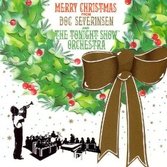







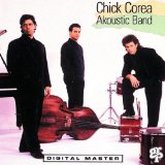







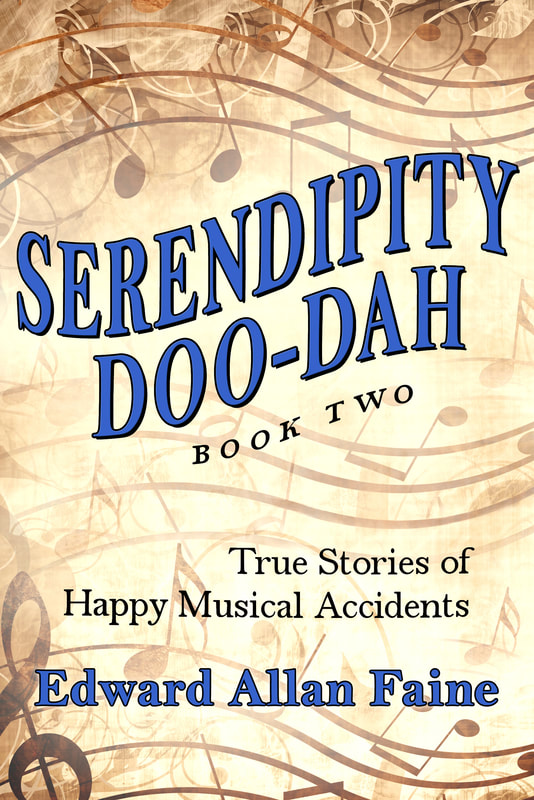

 RSS Feed
RSS Feed